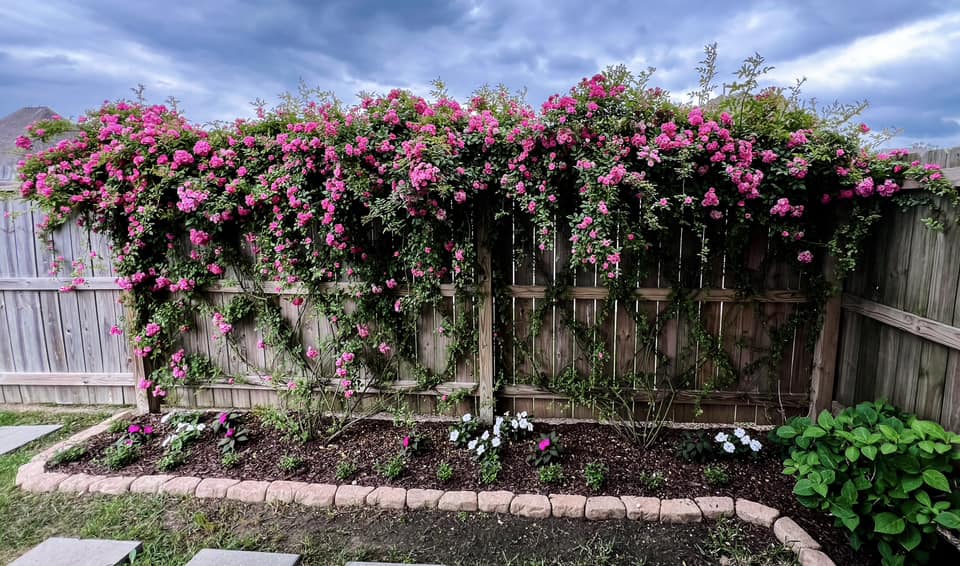Louisiana's Favorite Citrus Tree
Satsumas are a real icon of Louisiana gardeners! They’re hardy enough to survive our mild freezes without issue. They produce white fragrant flowers, and glossy evergreen leaves. Over time, growers have honed their grafting and breeding practices to get better tasting fruits, more plentiful harvests, stronger growth, better disease & pest resistance, and more. For grafting specifically, the rootstocks help these trees thrive in our soil and climate. Most satsumas today have few to no seeds and are near-thornless, making any variety from our stores a great pick for your home-grown garden.
That being said, everyone has their favorites! In this article, we’ll cover the differences both big and small between all satsuma varieties we carry (Owari, Brown Select, Seto, Miho). That includes the size & taste of their fruit, their growth habits, and their blooming & ripening periods. We’ll also suggest products like fertilizers to increase production and tell you how to spray for bugs & disease while keeping your fruits safe to eat! For the following comparison section, we’ve broken our four varieties into two categories: The first two are ‘Sweet’, and the last two are ‘Tangy’.
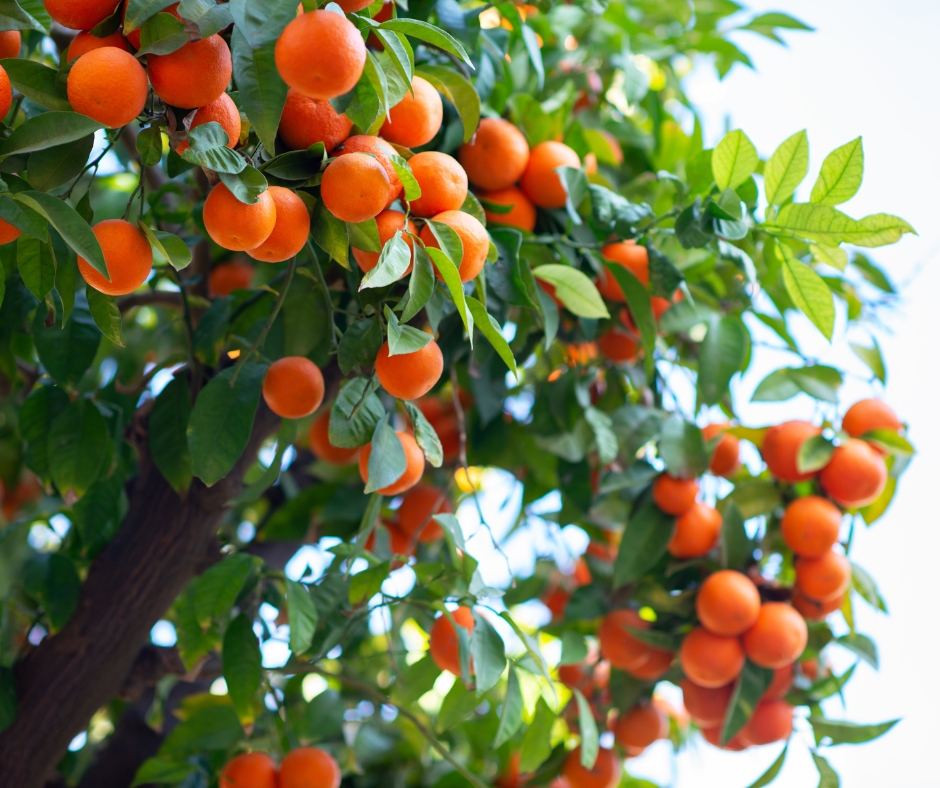
Owari & Brown Select: Sweet Treats!
Citrus reticulata 'Owari'
Owari is the country’s most popular satsuma tree! They grow quickly and mature at 10-15 ft tall, with a canopy spread of 8-10ft around. All satsumas should be pruned so branches stay at least 2ft off the ground. I wouldn’t cut it less than 10ft tall, and 6ft canopy spread. Fragrant white flowers will appear in April, a great combo with the dark green foliage. The small to medium-sized fruits will finally start to ripen by November, but LSU Agricultural Center notes that they can be harvested until early December! There doesn’t seem to be any benefit to ripening off the tree, so I’d wait until you’re happy with the look of the fruit before picking and eating. Although taste is subjective, it’s hard to argue with the fact that Owari is a particularly sweet, spritely fruit. Between small size, abundant yield, and great flavor, it’s no wonder why these sell so fast from our nurseries!
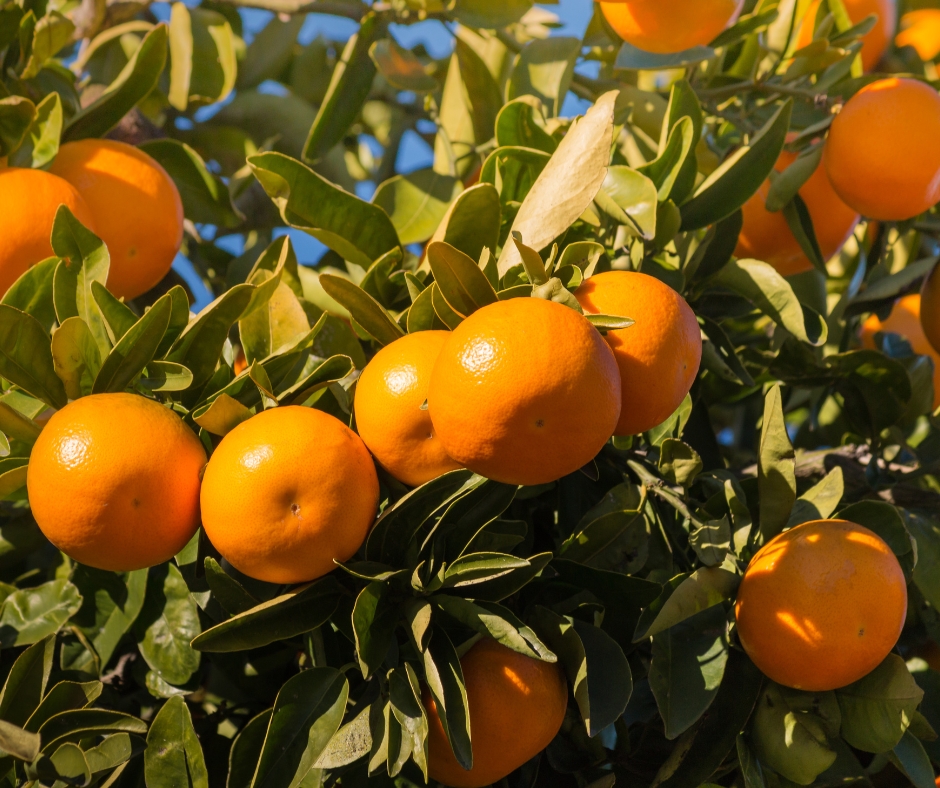
Citrus reticulata 'Brown Select'
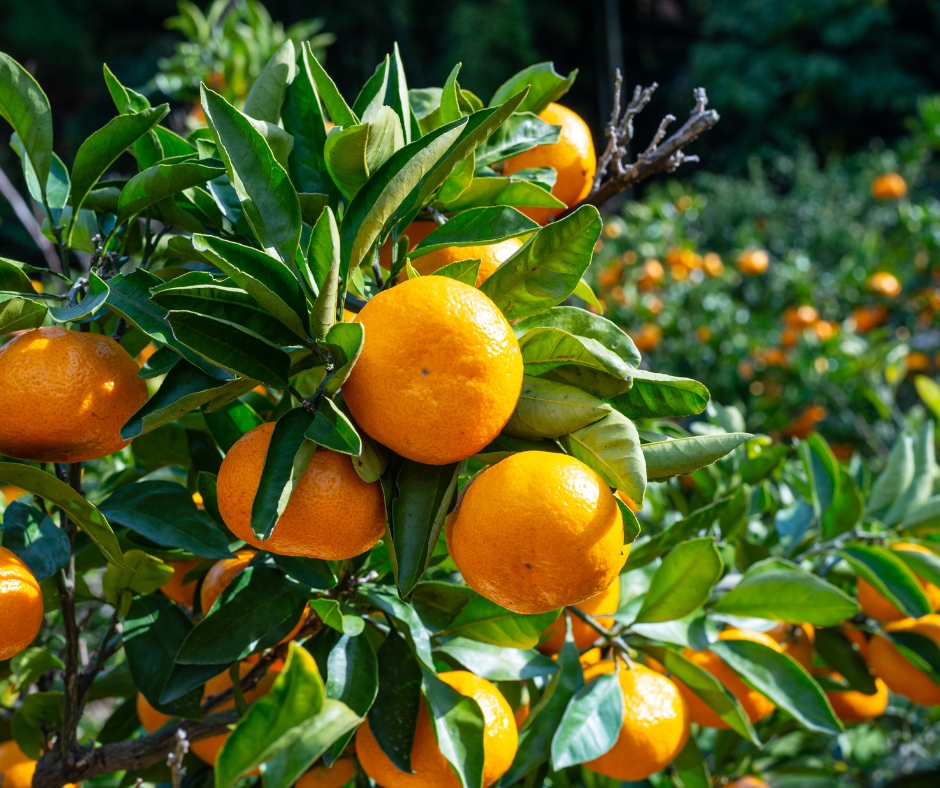
Brown Select is another Louisiana favorite. Not only do you get amazing fruit, but you also get a beautiful-looking tree with dark, glossy green leaves and fragrant white flowers. The flowers appear from March – April and will bear ripe fruit a bit earlier than Owari, usually in October. The tree is on the larger side, so this might work better for gardeners with a bit more space. You can expect a height of 12-15ft tall, and a canopy spread of 8-10ft around. I suggest only pruning if branches droop below 2ft from the ground, or as needed. The fruits are a bright orange color and are relatively large. The skin has a slightly bumpy texture but is still easy to peel by hand. From personal experience, I find the Brown Select fruit has the sweetest of all the satsumas on this list. If that’s your thing, this is the perfect tree for you!
Seto & Miho: Tangy Delights!
Citrus reticulata 'Seto'
One of the smallest growing satsumas, the Seto is gaining traction with edible gardeners who are strapped for space (12ft tall & 6-8 ft around). Their branches tend to have a drooping or downward facing look. Seto fruits are ready to eat between Thanksgiving and Christmas, so a bit later than the other varieties we’ve listed. The fruit, just like the tree, is on the small side. This makes their individual segments great for bite-sized snacks, packed with the iconic sweet and tangy flavor we love from satsumas. Without having a side-by-side comparison, I’d argue they are similar to Owari in taste, but the tanginess is more pronounced. If you have had success growing Owari & Brown Select, why not give Seto a try!

Citrus reticulata 'Miho'

Miho are often compared to Seto. Their height and spread are nearly identical, but their branches are opposites with the Miho tending to have a perky or upward facing look. So, another great tree for small spaces. Miho also has a tangy taste to their fruit like the Seto, but are a bit larger and would be considered the sweeter of the two varieties by most gardeners. Louisiana Nursery has rarely stocked either of the two last varieties, but we’ve been making a push in recent years for the “tangy” crowd of gardeners. Let us know if that’s you and pick one of these less-common varieties up today!
Some Satsuma Products & Care-Tips

As for care, most everything you do for one of these trees can be applicable for all of them; Heavier watering in the summer months, proper mulching, pruning at an angle in the early spring after last-frost, etc. You should wait to fertilize your fruit trees for at least the first year of growing, but after that be sure to use the right fertilizer! We’re huge fans of the Fertilome ‘Fruit, Citrus and Pecan Tree Food’ granular fertilizer, and the Happy Frog ‘Citrus & Avocado’ fertilizer. You’ll want to spread the granules around the mulched mound of the tree, and water thoroughly after application. Avoid getting any on the trunk or center of the mound to prevent burning. Both companies suggest multiple applications per year, and provide further instructional materials on the bags!

Safe, Organic-friendly Pest & Disease Control
Now, for the scary part: How does one deal with an insect infestation or fungal disease on an edible / fruiting tree? For starters, you’ll want to stick with non-systemic products. Non-systemic means the chemicals, sprays, or powders do not become absorbed into the body of the tree or fruit. This way, you can spot treat issues like bugs or mold and still feel confident about eating the fruit during harvest season. Even if you apply a treatment close to harvest or mid-production, non-system sprays can be washed as they are totally surface level chemicals. Louisiana Nursery has tons of products for these issues, but a few good places to start are Fertilome’s ‘Fruit Tree Spray’ and Captain Jacks ‘Fruit Tree Spray’ from Bonide. Both of these products can be applied until the day of harvest, are organic friendly, and work on pests & diseases. If you’re looking for specific bugs and diseases that affect your satsuma tree, we loved this article from The Spruce linked ‘here’.
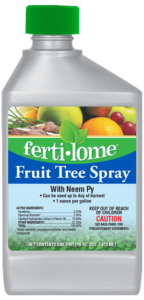
We’ve gone over some amazing varieties today, along with how to prune, how which fertilizer to apply, which products work best for pest and disease control, and then some! If you found any of this information helpful, why not subscribe to our newsletter? We only send one email per week, and it’s filled with to-do lists, staff-written blogs, curated content, our weekly sales sheet, and more!
Want to see all our fruit & citrus tree varieties? Check out our dedicated tree page for further information, and scroll the the very last section!
Thanks for reading!
Written by Beau Mutrie


